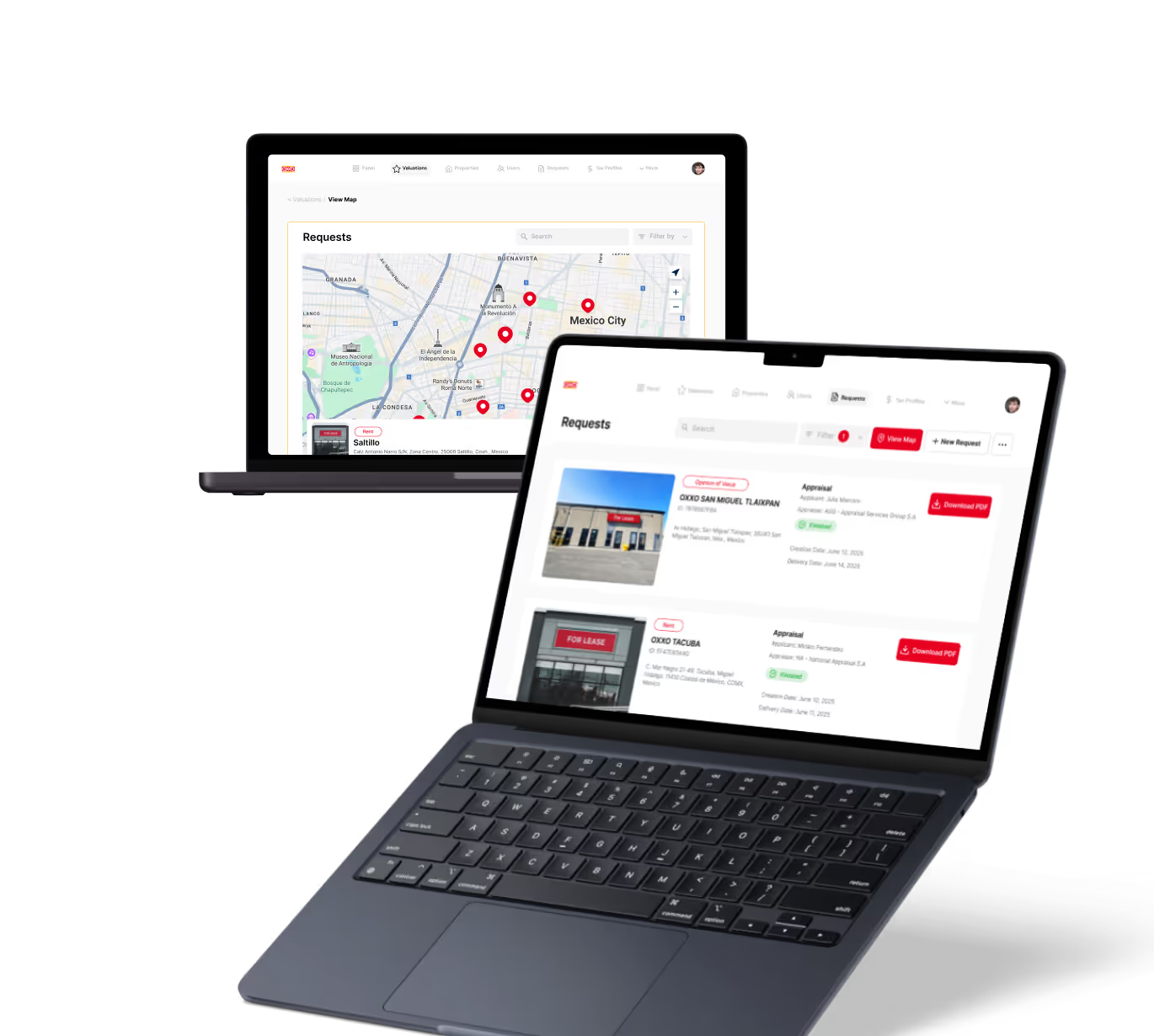Customer Feedback in Product Management
Product Management
Explore how customer feedback drives product management success with practical strategies and real-world examples.
Introduction to Customer Feedback in Product Management
When you manage a product, understanding your customers is key. Customer feedback helps you learn what users want and need. It guides your decisions and improves your product over time.
In this article, you will discover how to collect, analyze, and use customer feedback effectively. We will explore tools and methods that make feedback a powerful part of product management.
Importance of Customer Feedback in Product Management
Customer feedback is the voice of your users. It tells you what works well and what needs fixing. Without it, you risk building features no one wants or missing critical issues.
Feedback helps you:
- Identify user pain points and preferences
- Prioritize product features and improvements
- Validate ideas before investing resources
- Build stronger relationships with customers
- Measure satisfaction and loyalty
By listening to customers, you reduce guesswork and create products that truly solve problems.
Methods to Collect Customer Feedback
There are many ways to gather feedback. Choosing the right method depends on your product and audience. Here are common approaches:
- Surveys: Use tools like Typeform or Google Forms to ask specific questions.
- User Interviews: Talk directly with customers to get detailed insights.
- Feedback Widgets: Embed tools like Hotjar or UserVoice on your site for quick comments.
- Social Media Monitoring: Track mentions and comments on platforms like Twitter or LinkedIn.
- Analytics Data: Use product usage stats to infer user behavior and issues.
Combining these methods gives a fuller picture of customer needs.
Analyzing and Prioritizing Feedback
Collecting feedback is just the start. You need to analyze it to find patterns and decide what to act on. Here’s how you can do it:
- Group Similar Feedback: Organize comments by topic or feature.
- Identify Trends: Look for repeated issues or requests.
- Score Feedback: Rate feedback by impact and feasibility.
- Use Frameworks: Apply methods like RICE (Reach, Impact, Confidence, Effort) to prioritize.
- Involve Stakeholders: Discuss findings with your team to align priorities.
This process helps you focus on changes that bring the most value.
Tools for Managing Customer Feedback
Several tools help product teams handle feedback efficiently. Some popular options include:
- Productboard: Centralizes feedback and links it to product plans.
- Canny: Lets users submit and vote on feature requests.
- Zendesk: Combines support tickets with feedback tracking.
- Make (Integromat) and Zapier: Automate feedback collection and notifications.
- Bubble and Glide: Build custom feedback apps without coding.
Choosing the right tool depends on your workflow and team size.
Using Feedback to Drive Product Decisions
Feedback should directly influence your product roadmap. Here’s how you can use it effectively:
- Validate Ideas: Test concepts with customers before development.
- Improve Features: Refine existing functionality based on user input.
- Fix Bugs: Prioritize issues that affect user experience.
- Enhance User Experience: Adjust design and flow to meet customer expectations.
- Communicate Changes: Share updates and thank customers for their input.
By closing the feedback loop, you build trust and loyalty.
Real-World Examples of Feedback in Product Management
Many companies use customer feedback to improve products. For example:
- Glide: Uses user surveys and community forums to shape app templates and features.
- Bubble: Collects feedback through its forum and integrates popular requests into updates.
- Zapier: Monitors support tickets and feature votes to prioritize integrations.
- Make (Integromat): Engages users via webinars and feedback forms to enhance automation workflows.
These examples show how feedback fuels continuous improvement.
Conclusion
Customer feedback is essential for successful product management. It helps you understand users, prioritize work, and build better products. By collecting and analyzing feedback carefully, you reduce risks and increase satisfaction.
Using the right tools and methods makes feedback manageable and actionable. Remember, the best products come from listening closely to your customers and responding thoughtfully. Start integrating feedback into your process today to see real growth.
FAQs
Why is customer feedback important in product management?
What are common ways to collect customer feedback?
How can I prioritize customer feedback effectively?
Which tools help manage customer feedback?
How does customer feedback influence product decisions?
Can no-code platforms help with customer feedback management?
Related Terms
See our numbers
315+
entrepreneurs and businesses trust LowCode Agency
Investing in custom business software pays off
We were managing property valuations across multiple brands, and the complexity was overwhelming our traditional processes. Every day of delay in property evaluation meant potential lost revenue and competitive disadvantage.
15,000+
property valuations managed through centralized platform
40%
reduction in valuation processing time

J.Antonio Avalos
,
Product Manager Lead
OXXO



%20(Custom).avif)